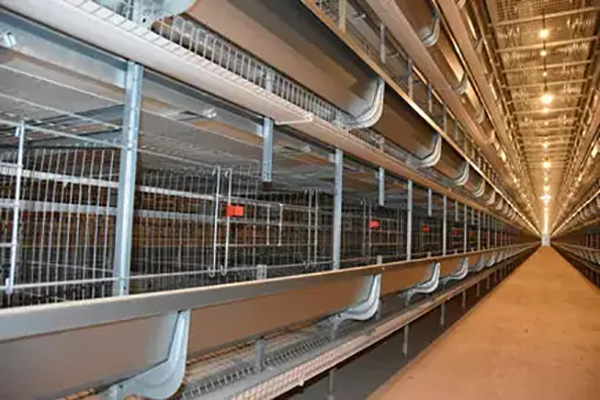Chicken Cage Setup Guide for New Farmers
Are you a new farmer looking to start your chicken farming venture? Setting up a chicken cage is a crucial step in ensuring the health and well-being of your flock. In this guide, we’ll walk you through the essential steps to create a perfect chicken cage setup for your new farm.
Choosing the Right Location
The first step in setting up your chicken cage is selecting the right location. Look for a spot that is well-drained, away from direct sunlight, and protected from strong winds. A shaded area will help keep your chickens cool during hot weather.
Size and Design of the Chicken Cage
When it comes to size, ensure that each chicken has enough space to move around comfortably. A general rule of thumb is to provide about 3-4 square feet of space per chicken. The design should include a nesting area, roosting bars, and feed and water stations.
Materials for Chicken Cages
For the construction of your chicken cage, use high-quality, durable materials. Galvanized steel or treated wood are excellent choices as they are resistant to rust and decay. Remember to use safe, non-toxic paint or varnish for any wooden components.
Building the Chicken Cage
1. Frame Construction: Start by constructing the frame using metal or wooden posts. Ensure that the posts are securely anchored to the ground.
2. Walls and Roof: Attach the walls and roof to the frame. The walls should be at least 2 feet high to prevent chickens from escaping.
3. Flooring: Use wire mesh flooring to allow for good ventilation and to prevent the buildup of droppings.
4. Nesting Boxes: Install nesting boxes at one end of the cage. These should be easy to clean and should provide enough space for the hens to lay their eggs.
5. Roosting Bars: Place roosting bars horizontally at a height of about 2-3 feet from the ground. This will allow the chickens to roost at night.
Ventilation and Temperature Control
Proper ventilation is essential to maintain a healthy environment for your chickens. Install vents at the top of the cage to allow for air circulation. In colder climates, consider adding a heat source to keep the chickens warm during the winter months.
Feeding and Watering Systems
Provide a constant supply of fresh water and feed. Use automatic feeders and waterers to ensure that your chickens always have access to these essentials. Regularly clean and sanitize these systems to prevent disease.
Maintenance and Cleaning
Regular maintenance is key to keeping your chicken cage in top condition. Clean the cage at least once a week to remove droppings and other waste. This will help prevent the spread of disease and keep your chickens healthy.
Why Choose Livi Machinery?
At Livi Machinery, we understand the importance of a well-set-up chicken cage for your farm’s success. Our range of high-quality chicken farming equipment, including feeders, waterers, and nesting boxes, is designed to make your job easier and more efficient.
Whether you’re a new farmer or an experienced poultry farmer, our team of experts is here to assist you. Contact us today for more information on our products and services. Let us help you create the perfect chicken cage setup for your farm.
—

